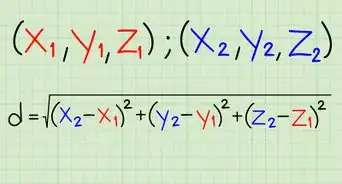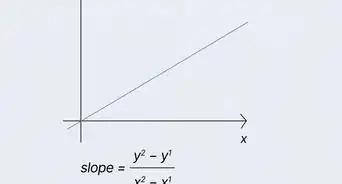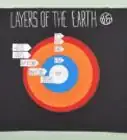This article was co-authored by wikiHow staff writer, Jennifer Mueller, JD. Jennifer Mueller is a wikiHow Content Creator. She specializes in reviewing, fact-checking, and evaluating wikiHow's content to ensure thoroughness and accuracy. Jennifer holds a JD from Indiana University Maurer School of Law in 2006.
This article has been viewed 7,158 times.
Learn more...
The Kp index, or planetary K-index, measures geomagnetic activity on Earth and helps scientists and other observers characterize the magnitude of geomagnetic storms. These disturbances in the Earth's magnetic field are of primary interest to people in charge of electrical grids or spacecraft operations, as well as those who use radio signals that reflect off of or pass through the ionosphere. Even if you're not involved in any of those things, you can still use the Kp index to determine where you can view the northern or southern aurora, the beautiful colors that can light up the night sky.[1]
Steps
Measuring Geomagnetic Activity
-
1Access the Kp index online. The Kp index compiles geomagnetic activity readings from 13 magnetic observatories globally. The index is available for free from research and government weather agencies worldwide — just search for "Kp index."[2]
- The official website for the Potsdam Kp index is the German Research Centre for Geosciences (GFZ). From the home page, click on the "Nowcast Kp Index" to see a daily bar plot with an overview of the Kp index over the past 6 days. You can also download historical data.
-
2Look at the color of the most recent bars on the index. The Kp index is color-coded, which allows you to see at a glance the level of geomagnetic activity measured. Generally, the lower the index, the less activity there is during the period measured.[3]
- If the bar is green, this indicates quiet or low levels of geomagnetic activity.
- Yellow is an "active" level, indicating moderate geomagnetic activity.
- Red bars indicate high geomagnetic activity, also considered a geomagnetic storm. The higher the measurement, the more severe the storm.
- Some Kp indices use orange to indicate a Kp level of 5, which is a minor geomagnetic storm.[4]
Advertisement -
3Check the height of the bar to determine the precise index number. The Kp index technically runs from 1 to 9, with a 1 indicating quiet and a 9 indicating an extreme geomagnetic storm. Kp index numbers from 5 to 9 are also referred to by "G" numbers for geometric storms.[5]
- A Kp index of 5 is also G1, a minor geomagnetic storm. At the extreme end, a Kp index of 9, or a G5, indicates an extreme geomagnetic storm.
-
4Convert Universal Time (UT) to your local time. The Kp index uses UT, also known as Greenwich Mean Time (GMT). If you want to know when the Kp index you're looking at was last updated, convert the UT to your local time.[6]
- For example, if you're in Alaska, you'd subtract 9 hours (8 hours during daylight savings) from UT to get your local time.
-
5Get a list of the K stations the Kp index is using. The website with the Kp index will provide a list with a location of the K stations used to compile that particular index. A Kp index that includes data from K stations near you will be more accurate for your location than a Kp index that uses data mostly from K stations that are further away.[7]
- Although the average gives you a sense of global geomagnetic activity, it doesn't account for local peaks. If you're interested in the geomagnetic activity of a particular area, the global average likely won't help you very much.
- Generally, a Kp index that averages data from K stations further away from the Earth's magnetic poles won't be as accurate for locations that are close to the Earth's magnetic poles.
Viewing the Aurora
-
1Find the magnetic latitude of your location. You're more likely to see the aurora, regardless of the geomagnetic activity, if you're closer to either the north or south magnetic pole. To determine how close you are to the magnetic pole, you need to know your location's magnetic latitude, which is different from geographic latitude. Search online for "magnetic latitude" with the name of the closest city or town.[8]
- The higher the number, the closer you are to one of the magnetic poles. For example, at a magnetic latitude of 53.0, Edinburgh, Scotland, is closer to the northern magnetic pole than Paris, France, at a magnetic latitude of 44.2.
- Generally, the aurora is visible even if its lowest visible range is 4 to 5 degrees poleward of your location. For example, if you have a Kp index of 3, auroral displays are visible at a magnetic latitude of 60.4, which means you can likely see some lights at a magnetic latitude of 55.4, although the display might not be as active.
-
2Determine how high the Kp index needs to be for you to see the aurora. At higher latitudes, it's possible to view a weak aurora display even on quiet nights. However, if you're further away from either of the Earth's magnetic pole, you'll only see an aurora display on active nights.[9]
- For example, at magnetic latitudes above 65, you can view the aurora if the Kp index is as low as one. However, the Kp index needs to be 5 or higher for you to view the aurora in St. Petersburg, Russia, at a magnetic latitude of 56.1[10]
- The further away you get from either of the Earth's magnetic poles (or the closer to the Equator you get), the less likely you are to see an aurora display, even if there is a strong geomagnetic storm.
-
3Follow the Kp index for at least 3 nights. Aurora displays are far more likely if the index reaches the appropriate threshold and stays there for at least 3 nights. This is particularly true if you're further away from a magnetic pole.[11]
- For example, suppose you need a Kp index of at least 5 to view an aurora display at your location. If the Kp index was 5 last night and remains at 5 tonight, you have a much greater chance of viewing the aurora if you go out tomorrow night (assuming the sky is clear).
- This doesn't mean that you won't be able to see an aurora display on the first night the Kp index reaches that threshold. However, you'll have a much greater chance of viewing them if that level stays constant for at least a couple of nights in a row.
-
4Check the local K index to get more precise information. Because the Kp index is a global average, it doesn't accurately capture local spikes that might allow you to view the aurora more often. Search online for local K stations and look at their readings alongside the Kp index to get a better idea of when you could possibly view the aurora.[12]
- If you search "K stations" with the name of your state or country, you'll find a list of different K stations in your general area. You could also try searching by region. For example, you might search "K stations Europe." Check the magnetic latitude of the K station and confirm it's within 4 to 5 degrees poleward of your location.
- Just as with the global index, you're more likely to see the aurora if the K levels locally remain consistent for at least 2 or 3 nights.
-
5Go to an area with little light pollution in the middle of the night. If you want to see the aurora, you need a dark, clear sky far away from the light pollution of cities. You're also unlikely to get a good view of the aurora if the sky is cloudy (even if it's too dark for you to see the clouds).[13]
- Even if conditions are appropriate for you to see an aurora display at your location, that's still no guarantee that you'll see a display on any particular night or at any particular time. Geomagnetic activity is only one of several factors that produce beautiful and active aurora displays.
Warnings
- Because the Kp index is a global average that's only updated once every 3 hours, it's not helpful if you're "aurora chasing," or trying to track aurora displays on the ground in real time.[15]⧼thumbs_response⧽
References
- ↑ https://www.swpc.noaa.gov/products/planetary-k-index
- ↑ https://www.gfz-potsdam.de/en/kp-index/
- ↑ https://www.swpc.noaa.gov/products/planetary-k-index
- ↑ https://auroraborealisobservatory.com/news/the-kp-index-any-good-for-aurora-chasing/
- ↑ https://www.swpc.noaa.gov/products/planetary-k-index
- ↑ https://sunearthday.nasa.gov/swac/tutorials/mag_kp.php
- ↑ https://auroraborealisobservatory.com/news/the-kp-index-any-good-for-aurora-chasing/
- ↑ https://www.swpc.noaa.gov/content/tips-viewing-aurora
- ↑ https://auroraborealisobservatory.com/news/the-kp-index-any-good-for-aurora-chasing/
- ↑ https://www.swpc.noaa.gov/content/tips-viewing-aurora
- ↑ https://auroraborealisobservatory.com/news/the-kp-index-any-good-for-aurora-chasing/
- ↑ https://auroraborealisobservatory.com/news/the-kp-index-any-good-for-aurora-chasing/
- ↑ https://www.gi.alaska.edu/monitors/aurora-forecast
- ↑ https://www.gi.alaska.edu/monitors/aurora-forecast
- ↑ https://auroraborealisobservatory.com/news/the-kp-index-any-good-for-aurora-chasing/


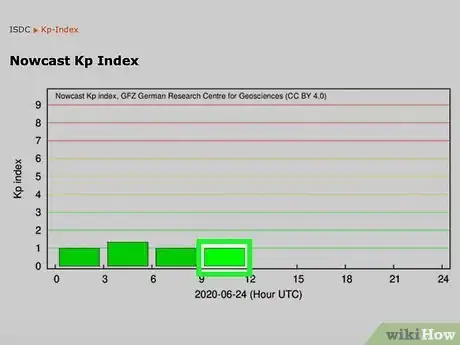
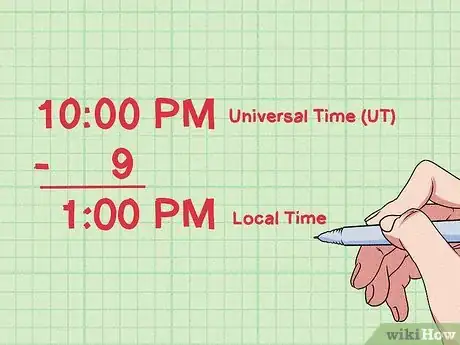
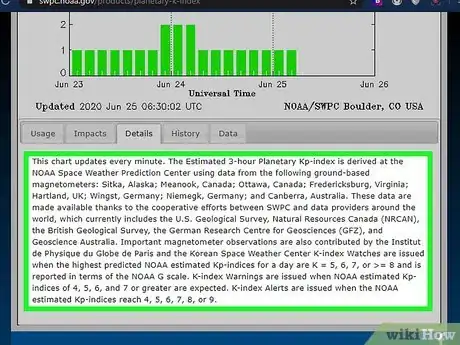

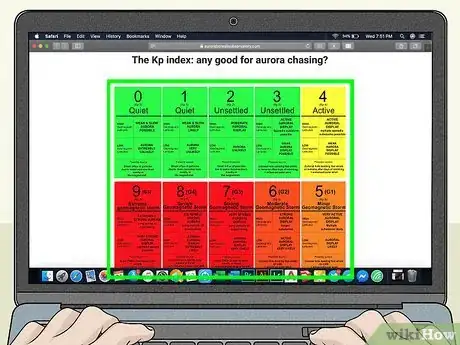
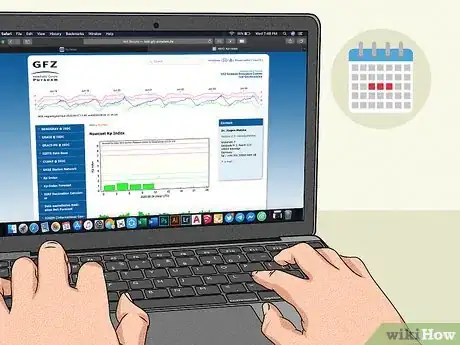





-Electric-Shock-Step-9.webp)
